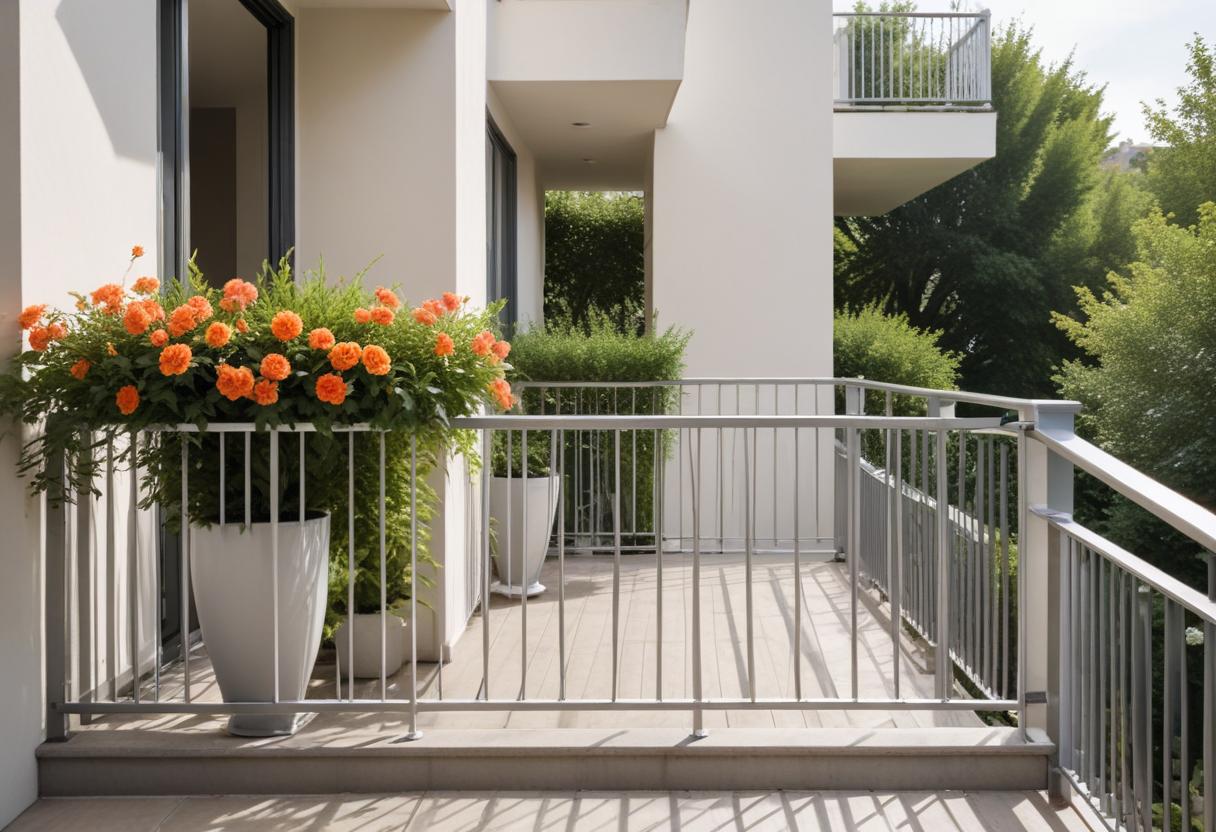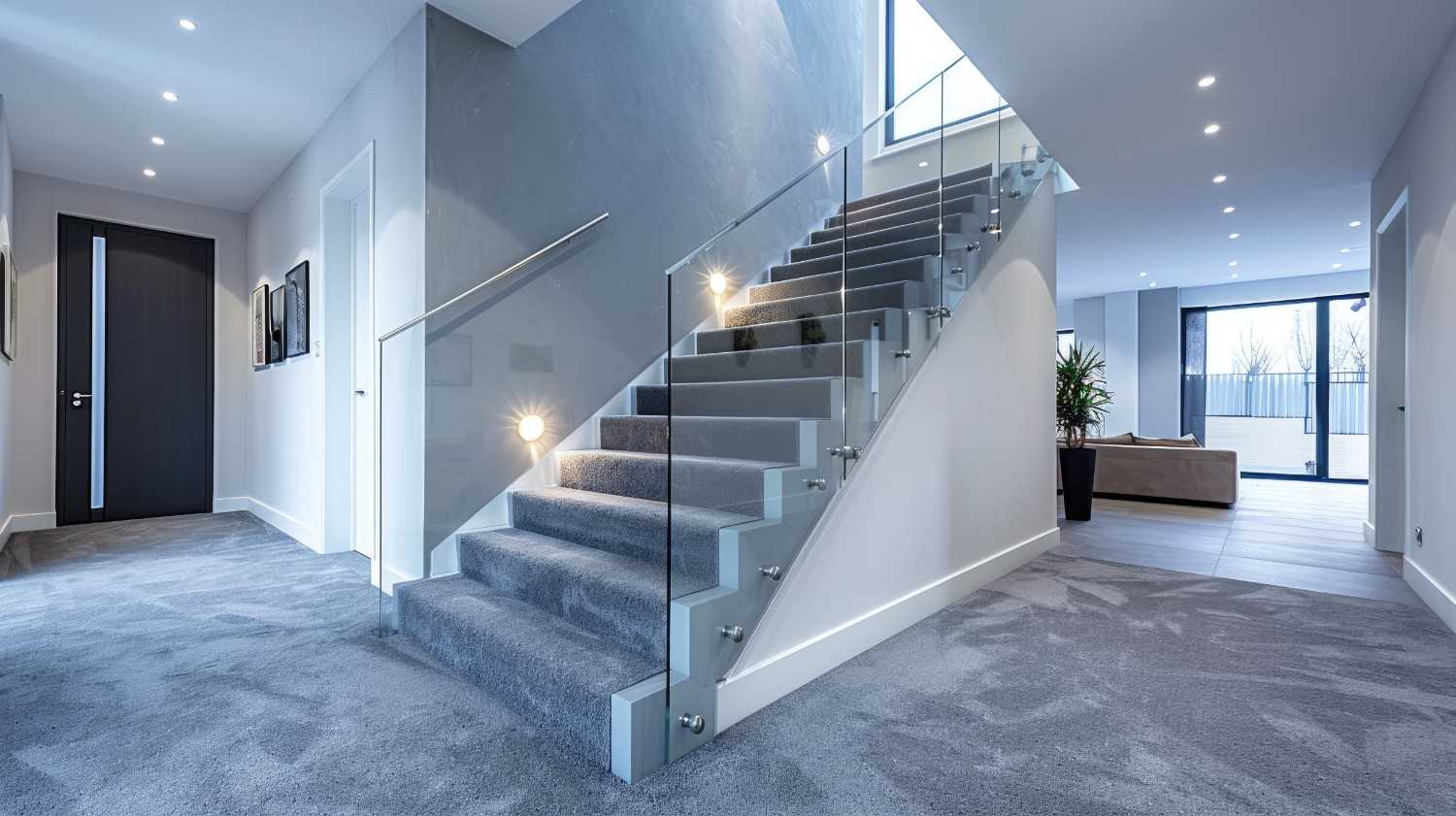Unquestionably alluring, a balcony is a private enclave perched above the rest of the world that offers breathtaking vistas and a breath of fresh air. Residential buildings frequently have balconies because they give them aesthetic appeal and a sense of outside connection. However, it is crucial to make sure that these elevated locations are secure. In order to protect residents and avoid accidents, construction rules must specifically handle balcony railing height expansions. This blog explores how crucial it is to follow construction codes while raising balcony railing heights in order to provide a safe and comfortable atmosphere.
Balcony Design and Building Codes
Balconies have evolved from simple platforms to integral design elements, often contributing to a property’s overall aesthetics and value. Over the years, building codes have been refined and updated to reflect advances in construction practices, safety standards, and architectural design. Balcony design, including railing height extensions, is subject to these codes to ensure the well-being of residents and visitors.
Balcony railing height extension compliance is a crucial aspect of adhering to building codes. These codes outline specific requirements for the minimum height of balcony railings to prevent falls and accidents. Balcony railings act as a protective barrier, and any extension to their height must be in line with established safety guidelines.
Building Code Balcony Extensions
Building codes provide comprehensive guidelines for balcony extensions, including railing height modifications. When considering an extension, it is imperative to consult the relevant building code in your jurisdiction. Typically, these codes prescribe the minimum height for balcony railings, often measured from the balcony floor surface to the top of the railing. The objective is to create a barrier that minimises the risk of falls while allowing unobstructed views.
Safety Standards for Balcony Railings
The safety of balcony railings is a prime concern addressed by building codes. These codes are not arbitrary; they are developed based on rigorous analysis, research, and an understanding of potential hazards. By complying with the established safety standards, homeowners and builders contribute to creating a safer living environment.
Residential Balcony Safety Codes
Residential balcony safety codes vary by location, reflecting the unique considerations and climatic conditions of each region. For instance, areas prone to extreme weather conditions may have specific requirements for balcony materials, fasteners, and construction methods. It’s essential to be aware of these nuances to ensure that any balcony extension is compliant with local codes.
Adequate reinforcement and material durability are key factors in balcony safety. A balcony railing height extension must not compromise the overall integrity of the structure. Building codes may specify the type of materials allowed, such as corrosion-resistant metals or high-strength composite materials, to ensure the durability of the extended railing.
Conclusion
Balconies are captivating additions to any residential space, offering an escape from the indoors and a breath of fresh air. However, their design and construction must prioritise safety above all else. Compliance with building codes for balcony railing height extensions is not merely a legal requirement; it is a moral obligation to protect the well-being of occupants.
It’s important to understand the relevance of following these rules as homeowners and builders. Designing and extending balconies should be done with careful consideration of the particular specifications mentioned in local building codes. By doing this, you improve your home’s curb appeal while also establishing a safe and pleasurable outdoor area for future use. Keep in mind that adhering to construction codes is the cornerstone of balcony safety, ensuring that both beauty and security live together.



